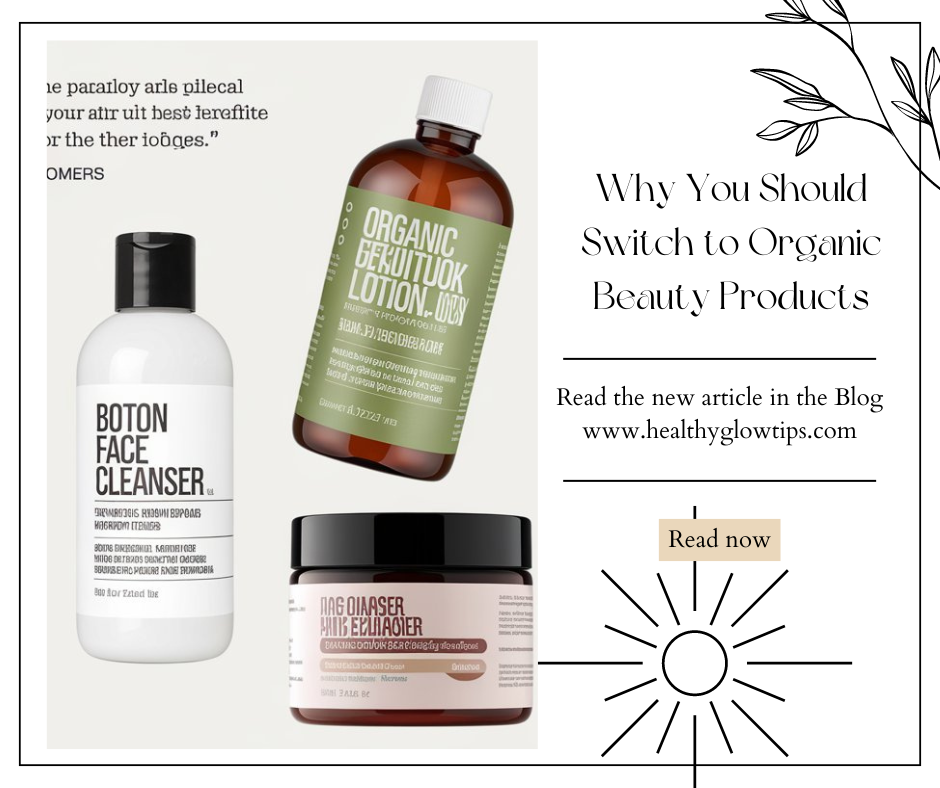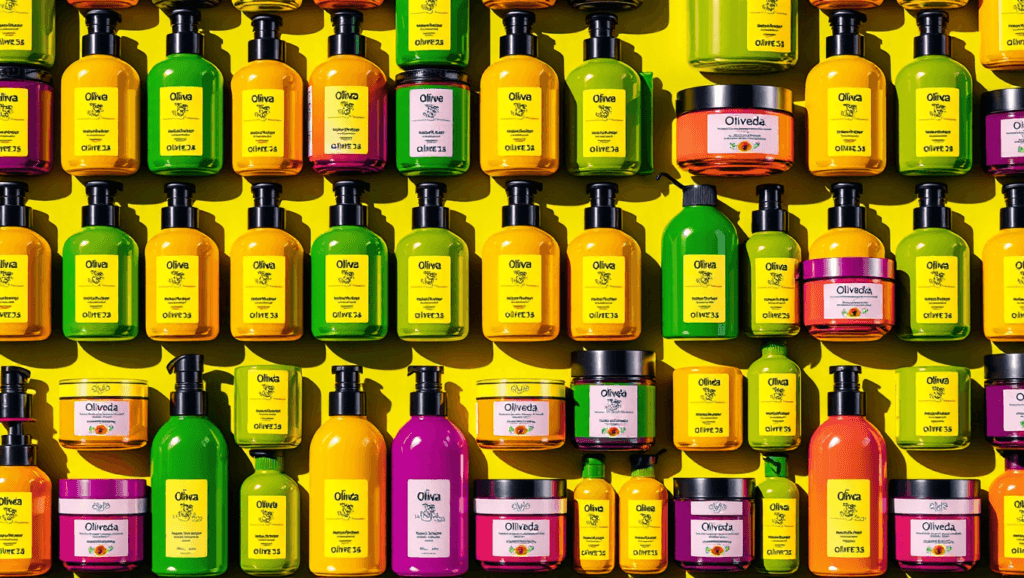The Natural Power of Essential Oils: A Complete Guide to Their Benefits and Uses
1. Introduction to Essential Oils
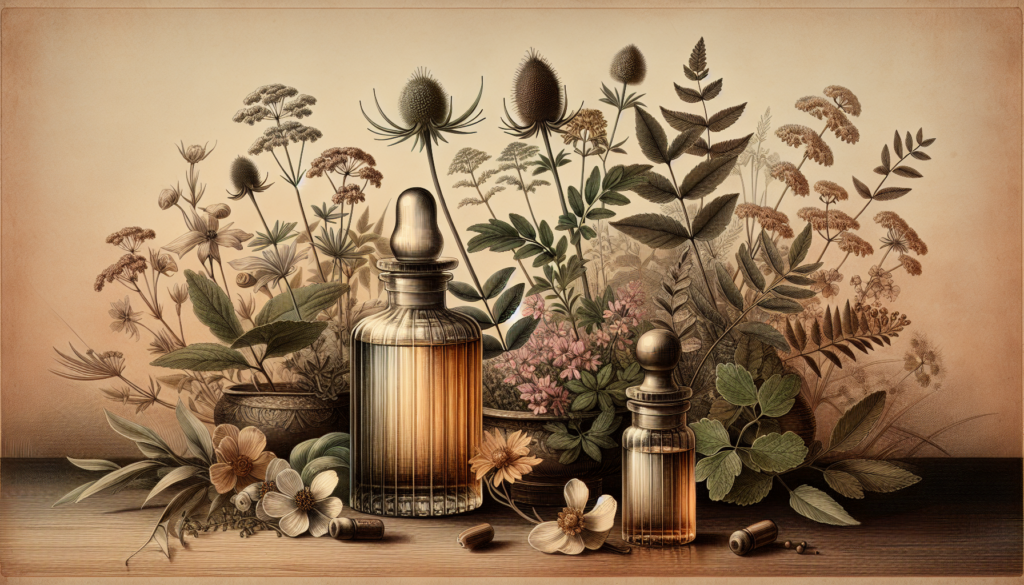
1.1. What are essential oils?
Essential oils are concentrated plant extracts that capture the natural scent and flavor, or “essence,” of their source. These oils are obtained through various methods of extraction, primarily steam distillation or cold pressing. They’re known for their aromatic properties and potential therapeutic benefits.
1.2. Historical use of essential oils
The use of essential oils dates back thousands of years. Ancient civilizations like the Egyptians, Greeks, and Chinese used these aromatic plant extracts in religious ceremonies, for medicinal purposes, and in cosmetics. For example, the Egyptians used cedarwood and myrrh in their embalming practices.
1.3. How essential oils are extracted
The most common method of extracting essential oils is steam distillation. This process involves passing steam through plant material, which causes the essential oils to vaporize. The vapor is then cooled and condensed back into a liquid form. Cold pressing is another method, often used for citrus oils, where the oil is mechanically pressed out of the plant’s rind.
2. Health and Wellness Benefits
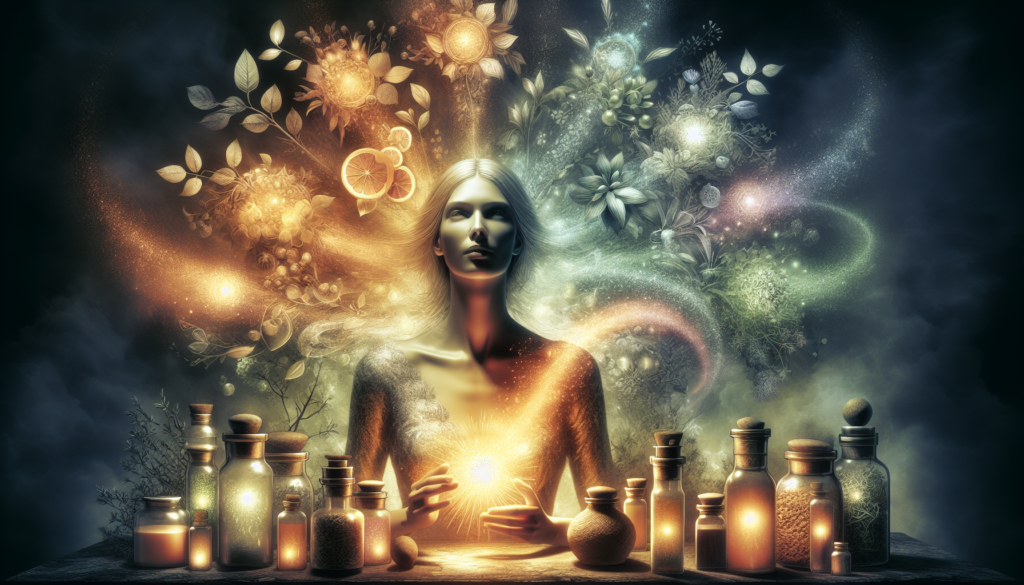
2.1. Stress relief and relaxation
Many people find essential oils helpful for managing stress and promoting relaxation. Lavender, for instance, is often used to create a calming atmosphere. I’ve personally found that diffusing lavender oil in my bedroom helps me unwind after a long day.
2.2. Immune system support
Some essential oils are believed to have immune-boosting properties. Tea tree and eucalyptus oils, for example, are often used to support respiratory health. While more research is needed, many people incorporate these oils into their wellness routines during cold and flu season.
2.3. Pain management and relief
Certain essential oils may help with pain relief. Peppermint oil, for example, is sometimes used to ease headaches when applied to the temples. However, it’s important to note that essential oils should not replace professional medical advice or treatment for chronic pain conditions.
3. Skincare and Beauty Applications

3.1. Improving skin complexion
Essential oils can be incorporated into skincare routines to potentially improve complexion. For example, tea tree oil is often used to help with acne-prone skin due to its antibacterial properties. Always remember to dilute essential oils properly before applying to the skin.
3.2. Hair care and growth
Some people use essential oils to promote hair health and growth. Rosemary oil, for instance, is sometimes added to hair care products or diluted and massaged into the scalp. While results can vary, many find this a natural alternative to commercial hair treatments.
3.3. Natural alternatives to commercial beauty products
Essential oils can be used to create homemade beauty products. For example, you might add a few drops of lavender oil to unscented lotion for a natural fragrance. This can be a fun way to personalize your skincare routine and avoid synthetic fragrances if you’re sensitive to them.
4. Aromatherapy and Emotional Well-being

4.1. Mood enhancement
Aromatherapy using essential oils is believed by many to influence mood. Citrus oils like lemon or orange are often associated with uplifting effects. While individual responses can vary, many people enjoy using these scents to create a positive atmosphere in their homes or workspaces.
4.2. Sleep improvement
Some essential oils are popular for their potential to improve sleep quality. Lavender is perhaps the most well-known for this purpose. Many people use lavender oil in a diffuser or add a few drops to their pillow to create a relaxing bedtime environment.
4.3. Focus and concentration
Certain essential oils are thought to help with focus and concentration. Peppermint and rosemary oils, for example, are sometimes used by students or professionals looking for a natural way to stay alert during long study or work sessions.
5. Household Uses

5.1. Natural cleaning solutions
Essential oils can be used to create natural cleaning products. For example, tea tree oil is known for its antibacterial properties and can be added to homemade all-purpose cleaners. This can be a good option for those looking to reduce their use of harsh chemicals in the home.
5.2. Air freshening and purification
Many people use essential oils in diffusers to freshen the air in their homes. Oils like lemon, pine, or eucalyptus can create a clean, fresh scent without the use of synthetic air fresheners.
5.3. Pest control
Some essential oils are believed to help repel insects. Citronella, for instance, is often used in natural mosquito repellents. While the effectiveness can vary, this can be an alternative to chemical insect repellents for some situations.
6. Popular Essential Oils and Their Properties
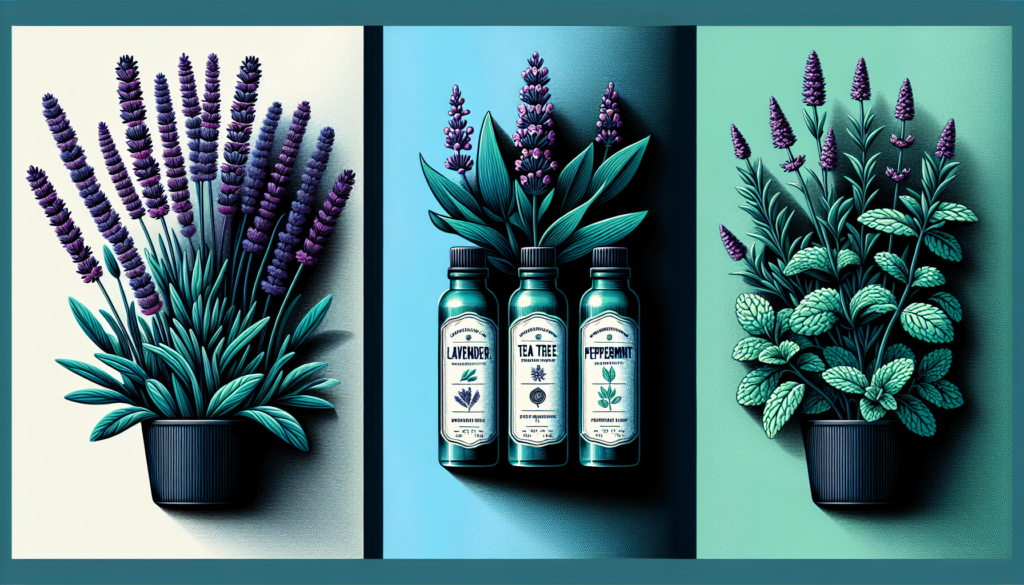
6.1. Lavender: The versatile oil
Lavender oil is known for its calming properties and is one of the most popular essential oils. It’s often used for relaxation, sleep improvement, and in skincare. Many people, myself included, find the scent of lavender particularly soothing.
6.2. Tea tree: Nature’s antiseptic
Tea tree oil is well-known for its antibacterial and antifungal properties. It’s often used in skincare for acne-prone skin and in natural cleaning products. However, it’s important to use it diluted as it can be strong when applied directly to the skin.
6.3. Peppermint: Cooling and invigorating
Peppermint oil is known for its cooling and energizing effects. It’s often used to help with focus, to ease headaches, and to add a fresh scent to homemade products. I find the scent of peppermint particularly refreshing on hot summer days.
7. Safe Usage and Precautions
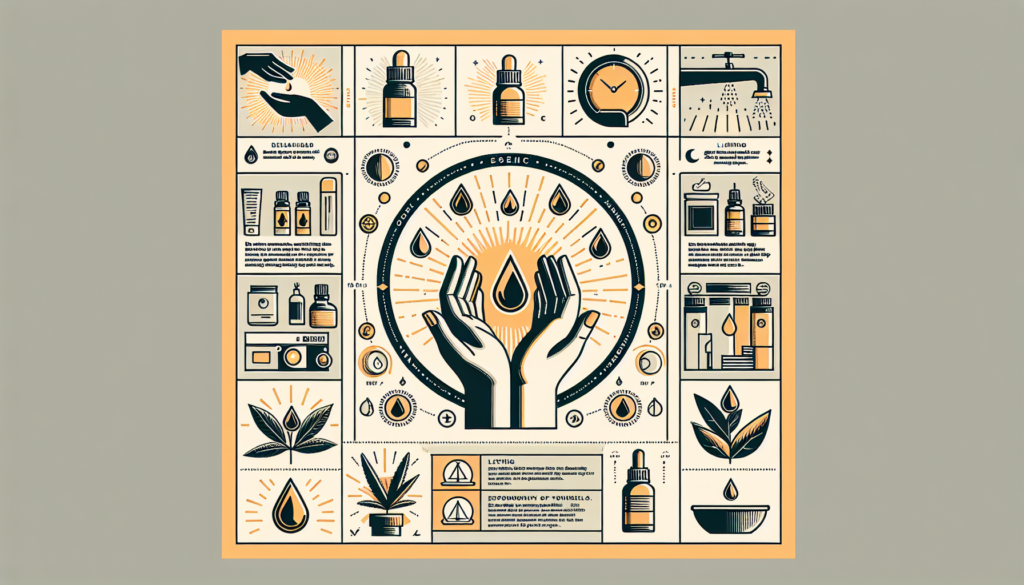
7.1. Proper dilution techniques
Essential oils are highly concentrated and should almost always be diluted before use on the skin. A common method is to mix a few drops of essential oil with a carrier oil like coconut or jojoba oil. The exact ratio can vary depending on the oil and intended use.
7.2. Potential side effects and allergies
While essential oils are natural, they can still cause side effects or allergic reactions in some people. It’s always wise to do a patch test before using a new oil. If you experience any adverse reactions, discontinue use and consult a healthcare professional.
7.3. Storage and shelf life
To maintain their quality, essential oils should be stored in dark glass bottles away from direct sunlight and heat. Most oils have a shelf life of 1-2 years, but citrus oils may last only about 6 months due to their high content of unstable compounds.
8. Summary
Essential oils offer a wide range of potential benefits, from supporting emotional well-being to enhancing skincare routines. While they can be a valuable addition to many aspects of daily life, it’s important to use them safely and responsibly. As with any natural remedy, individual experiences may vary, and essential oils should not replace professional medical advice or treatment.
9. Frequently Asked Questions (FAQs)
- Are essential oils safe for everyone to use?
- Can essential oils be ingested?
- How long do essential oils last?
- Can I use essential oils if I’m pregnant or nursing?
- Are essential oils safe to use around pets?
Remember, while essential oils can be a wonderful addition to your lifestyle, they should be used thoughtfully and with proper knowledge. Always consult with a qualified aromatherapist or healthcare provider if you have any concerns.

